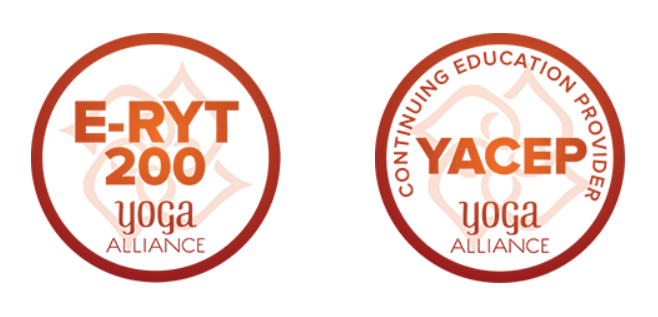
Course Description
This online course will introduce students to the interconnections between the classical Yoga of Patañjali and the systems of mind-body practice that are described in Buddhist texts of the same period. In particular, we will consider early Buddhist expressions of Yogācāra (Discipline of Yoga) and some key schools of Buddhist Abhidharma from the early first through fifth centuries CE.
The presence of Buddhist terms, ideas, and practices in the Pātañjalayogaśāstra (the Yogasūtra and its Commentary, the Bhāṣya) has long been noted and discussed by scholars and practitioners of yoga. Over four weeks, we will pull together key strands of scholarship and also dive into close readings of passages in early Hindu (i.e. Brahmanical) and Buddhist texts on meditation and the discipline of yoga. In particular, we will look comparatively at the parallels between the Pātañjalayogaśāstra, Vasubandhu’s Abhidharmakośabhāṣya, and Asaṅga’s Yogācārabhūmiśāstra.
Some familiarity with the Yogasūtra of Patañjali will be useful. No Sanskrit is required; some key glossaries will be provided to students.

Course Modules
Module 1 — Buddhist ideas in the Pātañjalayogaśāstra
Module 2 — Pātañjala Yoga and Abhidharma
Module 3 — Key ideas and sources in early Yogācāra
Module 4 — Pātañjala Yoga and the Yogācārabhūmiśāstra
Students Will Receive:
- 4 Pre-recorded Video + Audio lectures (90 min)
- 4 Pre-recorded Q&A sessions (90 min)
- 4 YS Credits
- 12 Hours of CE credit with YA
- Course Syllabus (PDF)
- Weekly Readings (PDF)
- 4 Multiple Choice Quizzes
- Yogic Studies Certificate (PDF)
- Access to the private Community Forum
Dr. Karen O'Brien-Kop
Lecturer in Asian Religions and Ethics at the University of Roehampton, London, UK
Karen O’Brien-Kop is Lecturer in Asian Religions and Ethics in the Department of Philosophy, Theology and Religious Studies at the University of Roehampton, London, UK. She received her PhD from SOAS University of London, is a specialist in the historical study of meditation and yoga within Asian religious traditions, and analyses early Hindu and Buddhist meditation manuals in Sanskrit.
She has taught on the MA Traditions of Yoga and Meditation at SOAS University of London, and at the University of Roehampton she has designed a new BA module 'Yoga, Meditation and Health'. Since 2018, she has served on the committee for the SOAS Centre of Yoga Studies, an academic research and teaching centre focused on public engagement. In the American Academy of Religion, Karen is a committee member for the Yoga in Theory and Practice Unit and co-chair of the Indian and Chinese Religions Compared Unit. She has published peer-reviewed articles in Religions of South Asia and Journal of Indian Philosophy and is co-editor of The Routledge Handbook of Yoga and Meditation Studies (2020), an interdisciplinary volume of 34 chapters from global contributors. Karen is currently working on a book project on rethinking classical yoga in relation to Buddhism.
This course is eligible for 12 hours of Continued Education (CE) credits with Yoga Alliance

Stay Informed
Sign up for the Yogic Studies mailing list to find out first about upcoming courses, podcast episodes, promotions, events, and the latest research delivered straight to your inbox.


